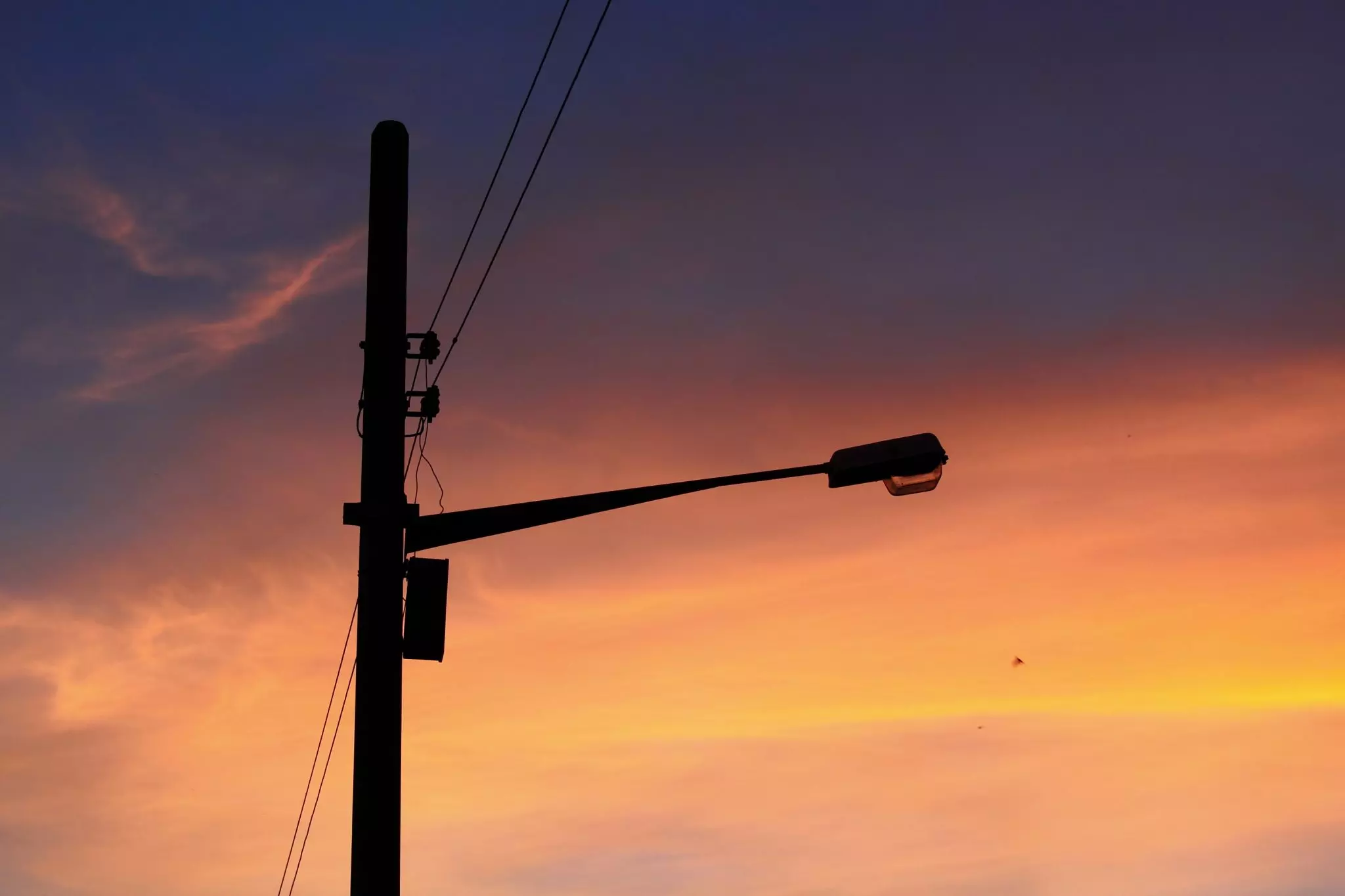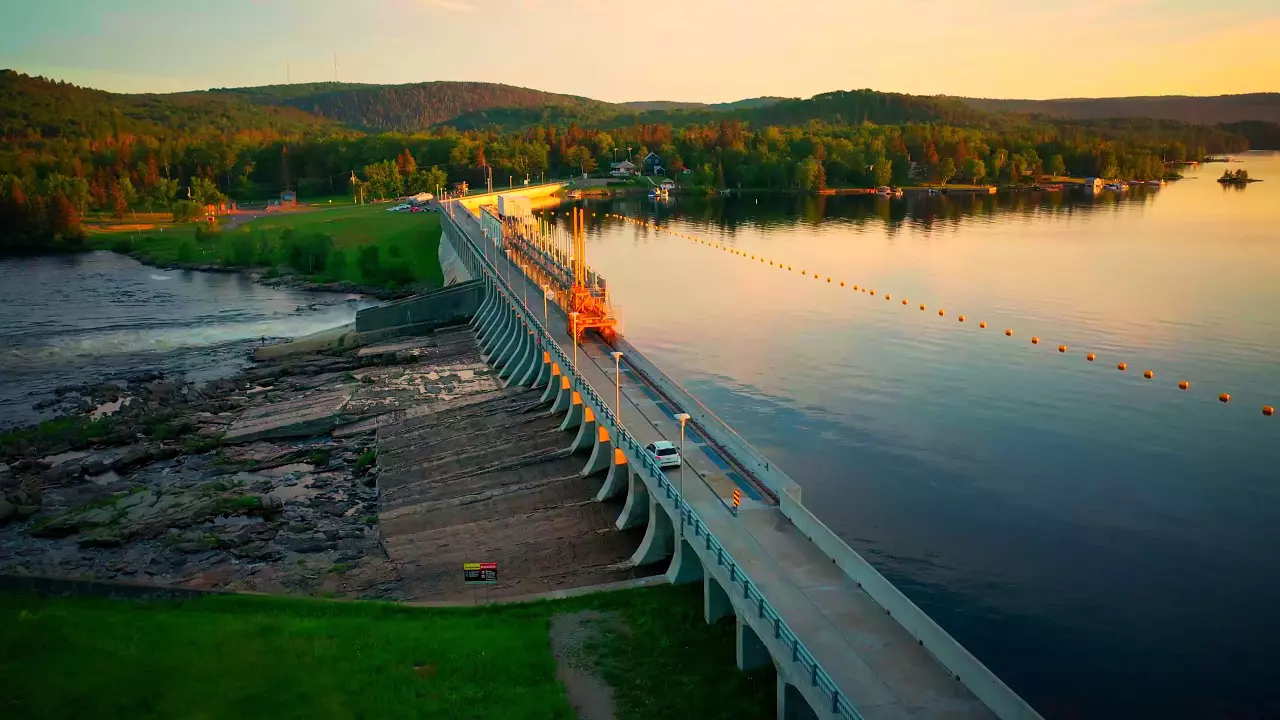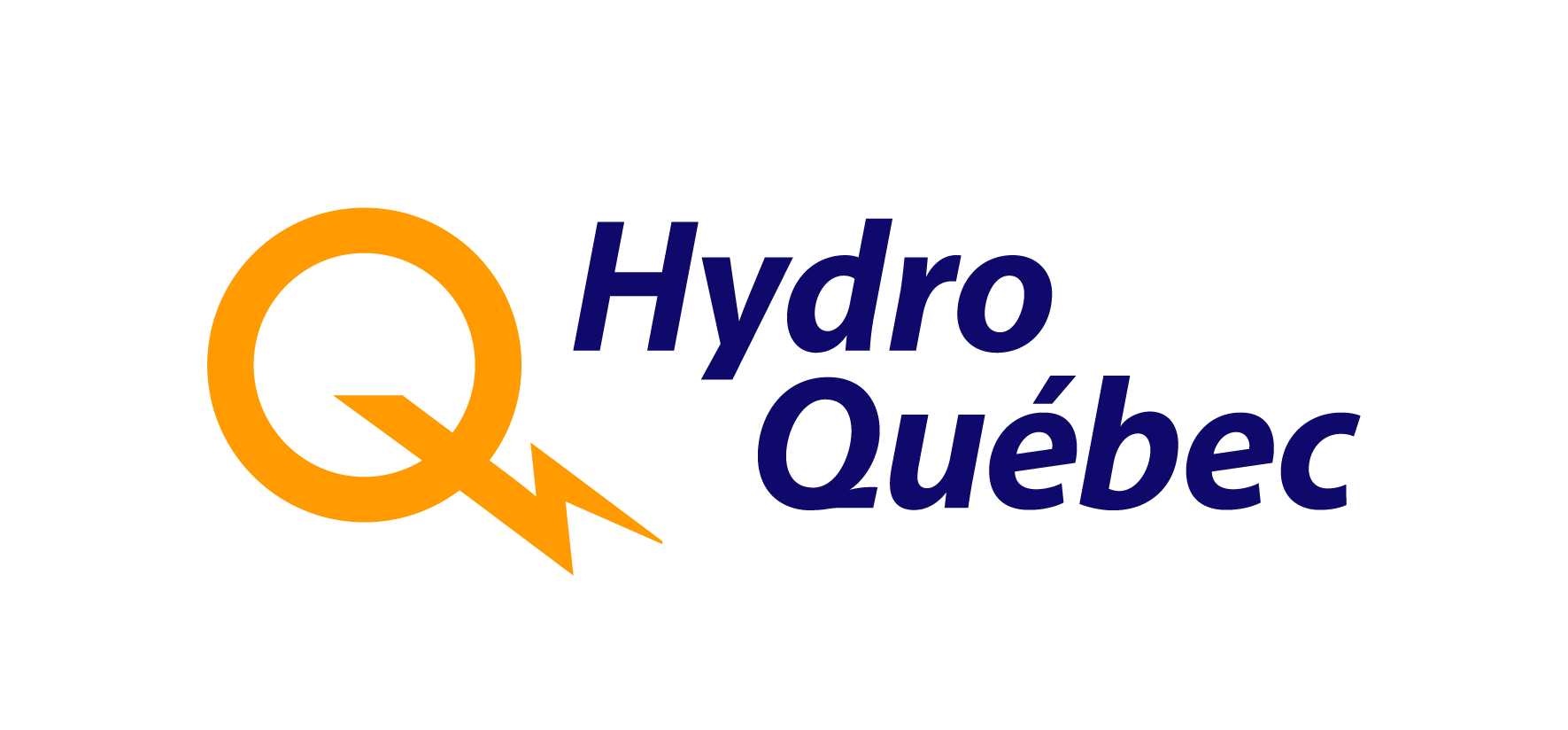WE’RE THE LARGEST ELECTRICITY PRODUCER IN CANADA AND ONE OF THE WORLD’S LEADING HYDROPOWER PRODUCERS WHICH PROVIDE QUEBECERS WITH A SAFE, RELIABLE SUPPLY OF RENEWABLE ENERGY THAT IS MORE THAN 99% CLEAN.
Innovation is our playground
Innovation is deeply ingrained in Hydro-Québec. It drives ambitious projects as part of its main activities. While the invention of very high voltage electricity transmission has enabled Hydro-Québec to assert itself in the world of research, today when the energy landscape is undergoing a sea change, it is in the context of the energy transition that Hydro-Québec is establishing itself as a leader in this profound transformation, always with its capacity for innovation as a major asset.

Energy efficiency and decarbonization of markets, integration and decentralization of renewable energies, interactivity of the electricity network, diagnosis and prognosis of large equipment, integration of new generation assets, integration of digital, automation and artificial intelligence, these subjects and many others guide the work of research teams today.

Artificial Intelligence as a revolution of innovation
In a time of increasing digitalization and for a successful energy transition, artificial intelligence (AI) becomes relevant and has the potential to significantly improve innovation process. New AI algorithms developed and used at Hydro-Quebec and ever-increasing amounts of data allows better analysis, more accurate forecasting and decision making with less risk.
Artificial Intelligence to improve short term load forecasting
Load forecasting is an essential activity for a company like Hydro-Québec. It is necessary for objectives as varied as the management of production or the management and maintenance of the electricity network. Any significant forecasting error can result in reliability issues, loss of opportunity, or additional costs to the business.
Parametric models currently used to predict load usually perform well. However, under certain conditions there is a significant gap between the prediction of these models and the reality.

The large number of manually adjusted parameters greatly complicates the maintenance and evolution of these models, which ultimately make them unsuitable for capturing the changes induced by the energy transition. Indeed, macroeconomic changes such as the decline of heavy industry, the recent changes in society (teleworking, variable rates, etc.) and in the future (transport electrification, behind the meter production, storage, smart grids, active role of the consumer, etc.) are current and incoming challenges for the parametric forecasting models such as those developed and currently used by HQ, since the load is more and more difficult to modelize with no clear physical phenomena and measures to explain it.
The pooling of complementary areas of expertise from the Hydro-Québec’s research center (CRHQ), the forecasting and network control unit of the HydroQuébec TransÉnergie (HQT), the energy transaction floor from Hydro-Québec Production (HQP), teams from Hydro-Québec Distribution (HQD), IT teams without forgetting the collaboration of Quebec Artificial Intelligence Institute (MILA) made it possible to develop an innovative artificial intelligence solution for short term load forecasting that’s relied on deep learning. By updating load forecasting tools this way, we take advantage of HydroQuébec’s digital capital and the new sources of data available (new weather sources, satellite images …) to improve the forecast of the demand.

Deep learning techniques applied to thermal inspection of the underground distribution cables
Hydro-Québec Distribution (HQD) operates a network of nearly 115,000 km of medium and low voltage lines, among them more than 22,000 km are buried. These underground cables become frayed from aging, severe weather conditions, high voltage, corrosive chemicals, overload, or even sometime rats biting. Because of the high voltage present on the distribution network, an arc is created when a fault occurs on the equipment. The power and energy dissipated by this arc depend on the short circuit current at the point of fault. The consequences will vary in severity, depending on the type of equipment, the arc power and the energy.
Considering the risk to the safety and the need to perform effective maintenance, a thermal imaging maintenance program was started at HQD since 2001. This program improves the safety and the reliability of the network. However, the process is labor-intensive and, as many utilities, HQD should face the challenges of an ageing workforce. In addition, power line undergrounding is gaining popularity as more and more towns and cities are choosing to bury distribution lines in new neighborhoods.
The recent advances of deep learning techniques, especially in computer vision tasks such as scene recognition, object attribute detection, lead HQD to start the APPRANTI (French acronym for Apprentissage Profond pour l’Analyse et le Traitement d’Image). Basically the goal of the project is to develop a complete intelligent framework to perform the thermal image preprocessing for improvement and removal of possible noises in real time, detect various types of underground junction and analyze their potential defects based on the thermal characteristics from the captured images.
The APPRANTI solution is a real asset assisting workforce in the field in ensuring a secure and effective thermal inspection of the underground distribution cables.














